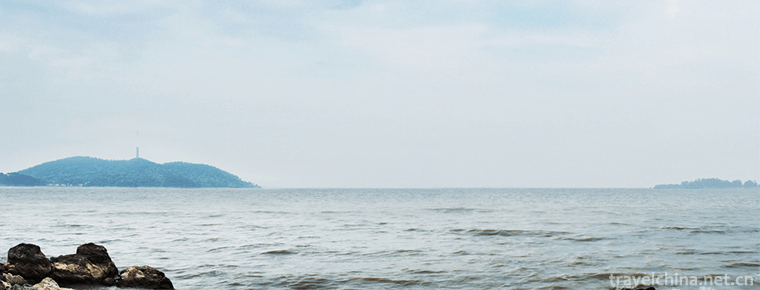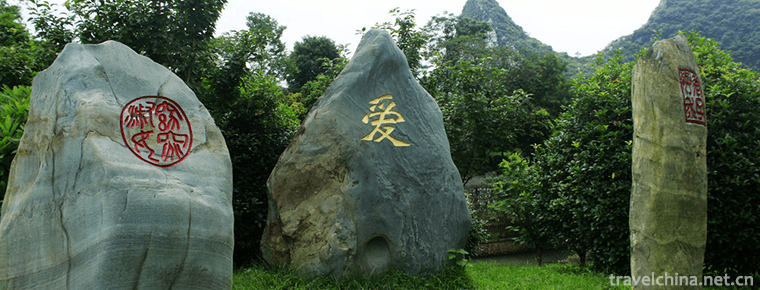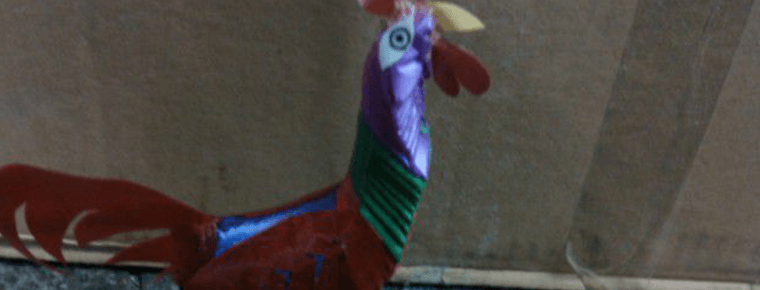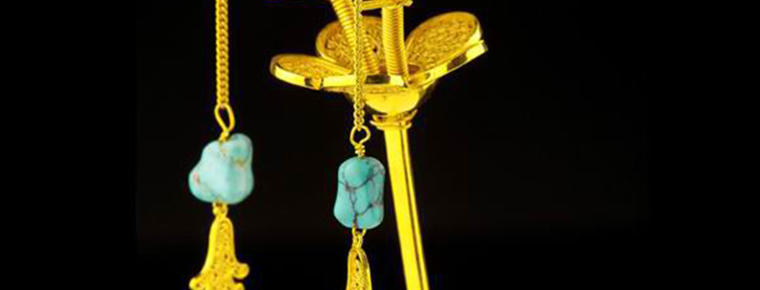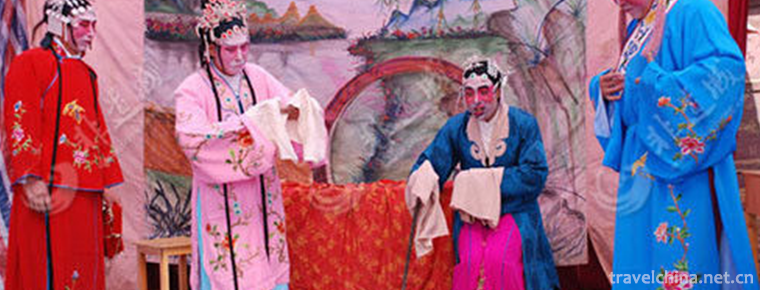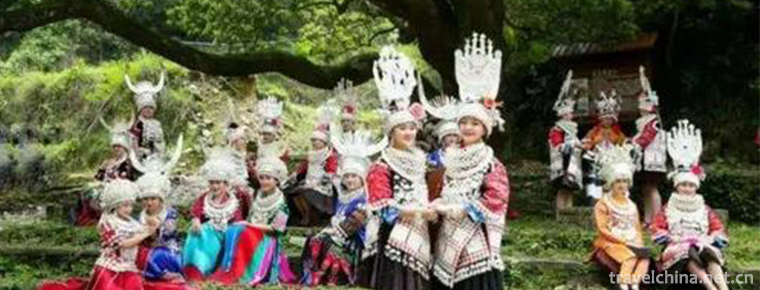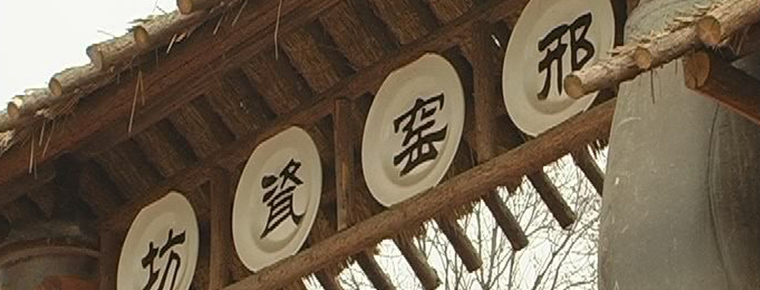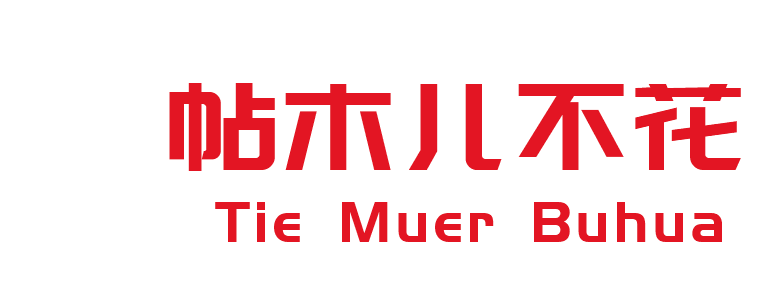Huian womens clothing
Huian womens clothing
Hui'an women refer to a group of special folk women on the coast of Huidong Peninsula, Hui'an County, Quanzhou, Fujian Province. They are famous at home and abroad for their unique clothes and diligent spirit. Hui'an women, in a narrow sense, are actually Huidong women, mainly distributed in Chongwu, Shanxia, Jingfeng and Xiaojian towns in the eastern part of Hui'an, Fujian Province. They are authentic Han people. Their clothes also deeply affect the surrounding towns, such as Dongling, Dongqiao and Wanchuan. According to local people, hundreds of years ago, they migrated from the Central Plains, wearing colored headscarves and orange hats for windbreak, knitted flowers and colorful ornaments on the towels, wearing tight and short clothes on the upper body, revealing the navel, wearing particularly loose and fat trousers on the lower body, and wearing belts under the navel.
Clothing brief introduction
Huian women wear ancient traditional costumes: a small flower scarf with a bright head, covering their cheeks and mandible, wearing a slanted sweater on top, short and narrow, revealing their navel, wearing black trousers, and wide and large. This dress is unique, especially eye-catching, with strong color appeal, and is regarded as "a part of the essence of Chinese clothing". Xie Conghui, a Hui'an woman who works as a tour guide in Chongwu every day, dresses herself in this way. Although she is not sure who inherited this kind of dress, Hui'an's women regard it as beautiful, and she also wears this kind of conventional dress. What nationality does this dress belong to? Closely observing, people will find that Huian women's clothing has many similarities in color and style and clothing of many ethnic minorities in China. For example, they wear hat, a little like Li and Jing people. Their short jackets, especially like the Dai costumes in Xishuangbanna, Yunnan Province. Hui'an women like to wear blue jackets and black trousers. From the color point of view, they are almost the same as the clothes of the Shui nationality in Yunnan. Festival women all comb butterfly hairstyles, because butterflies are totems worshipped by the ancient Baiyue people, so what is the relationship between Huian women and the ancient Baiyue people? People have different opinions. It is true that some people say that there are two main reasons for this. One is the discovery of a small number of traces of the ancient Baiyue ethnic life in this area in the decades since 1951. A so-called Neolithic site was also found on the hill of Dajia village where Huian girls lived. According to archaeological analysis, more than two thousand years ago, there were ancient Baiyue people living here in Fujian, mainly Fujian and Vietnamese people.
Historical evolution
Huian women's dress culture has a long history, and its formation and development process has always been a subject of concern to Chinese and foreign experts in Anthropology and folklore. There are many legends about its origin, but there is no final conclusion. According to historical records, in the middle and late Qing Dynasty, Huidong women wore black or purple long-sleeved digging cardigans and large black folded trousers. The clothes are long, broad in chest and waist, with a slightly curved lower edge, which is similar to the popular "doctor's shirt" (long dug cardigan) in Qing Dynasty. The difference is that the cuffs are narrow and the sleeves are lengthened, so the meaning of "sleeve shirt" is very interesting, so that the bride can lift the long sleeves to cover her blush when she enters the bridal chamber. It took three days before she rolled up half of the long sleeves and fixed them. By the end of the Qing Dynasty, the various parts of the "sleeve jacket" were slightly contracted, the length of the jacket along the radian, the width of the arm circumference widened and extended outward, the Chinese-style button climbing at the waist circumference decreased, the two joined together, and the cuffs were wrapped around the blue cloth edge. The embroidery pattern on the collar was changed from simple to complex, and the color cloth under the collar root was changed into triangle. Two square black and dark brown silk fabrics are ornamented on both sides of the middle line of the chest and back. Each side of the fabrics is inlaid with a tricolor fabric, which is renamed "dressed as a shirt". Pants are "big folded pants" also known as "big trousers", commonly known as "Chinese pants". Pants are usually made of black cloth, but also blue. The trousers are about 1.2 feet wide, and the trousers are about 2 feet wide, sewing a 5-inch blue edge. Its style has not changed much since the middle and late Qing Dynasty, but the material has changed from coarse cloth to general black silk today. Huidong women's clothing has always attached great importance to the waist and upper part, especially the headdress, which has many patterns and has obvious differences in different occasions and ages.
From the late Qing Dynasty a hundred years ago to the 1920s, Hui'an women wore a jacket with a wide waist and chest, a dress that stretched to the knees and a pleated skirt at the waist. This kind of dress was not unusual in ancient times. At that time, the trousers were very wide and similar to the trousers of today. Men and women in rural areas all over China wore these trousers, which were often worn by Han people. At that time, women did not wear hats and headscarves on their heads, but wore such headdresses weighing more than 10 kilograms. When they go out, they are covered with black veil. They are newly married and childless women, in order to avoid the shade cloth used by strangers and their husbands. The black yarn is removed only when the couple sleeps, even when the light is off. It causes some couples to meet on the road, and the husband does not recognize the other party as his wife. In the 1940s and the Republic of China, there was a great change in the style of Huian women's clothing. The original knee-length jacket hem was gradually shortened to the arm, but it was not so short as to reveal the navel. By this time, women's headdresses had changed into black cloth with no headscarf or hat. Hui'an women's clothes have changed more obviously, that is, after 1949, their jackets are shorter and shorter. Who invented it? It is said that this change came from the Great Leap Forward in 1958. At that time, young and middle-aged women gathered to build Wutan Reservoir (now renamed Huinu Reservoir). It is in the hard work, in order to shelter the wind and rain, Hui'an women have to learn from women in other areas, wearing a headscarf and hat, but this wear can no longer be taken off, and become a attracting landscape.
Nowadays, with the progress of the times, the influence of external culture has made the dress of Hui'an women change quietly. The young Hui'an woman's jacket is no longer short enough to reveal her navel, and her trousers are no longer broad lantern-shaped, but the golden hat and colorful headscarf are still the same, and there is still a unique landscape. Most of the new generation of Hui'an women have gone to school, accepted new ideas and new things, and freed themselves from the backward and conservative way of life. Many young women have moved from fishing villages to cities, engaged in business, transportation and migrant workers, taking their own new life path. The only brand of Huinu clothing is "Yodan".
Hui Girl's Dress brand "Yodan" was born in the early stage of reform and opening up in 1979.
The 5-year-old girl with poor family and weak body, Yodan, said goodbye to her parents and went to a town thousands of miles away to learn sewing skills and handicraft embroidery. The little girl has the unique industriousness and perseverance of Hui'an women. Some people say that "poor children are in charge of their homes early." Xiao Yodan, with a simple and simple wish: "Learn handicraft well and weave beautiful clothes." Dress to make children's childhood more colorful.
A wish, three years of hard work, 8-year-old Xiao Yudan, won the first prize in the town's sewing and hand embroidery competitions regardless of age, from several professional indicators such as size tailoring, layout, smooth lines, hand embroidery and so on. Xiao Yudan became an artist and became a local legend. Xiao Yudan's grasp and production of children's clothes was particularly excellent. So he created a specialty under his own name. Many people at home and abroad, whenever traveling or visiting their relatives, buy and take them away in large quantities. They have become the first characteristic gift in the local gift market. They have high art collecting value. On May 20, 2006, the State Council approved them to be included in the first batch. National intangible cultural heritage list.
Over the past 30 years, Hui Girls'Dress "Yodan" still sells well. She is the only brand of Hui Girls' clothing, and the first brand of Hui Girls'clothing. It is also the most distinctive gift brand in the children's care market.
Hui women spirit
Fifty-one years ago, on July 8, the Huinu Reservoir was officially started. More than 10,000 Hui'an women have built Hui'an Reservoir, a large-scale water conservancy project, with the amazing perseverance of challenging the limit.
Some of them can dig, transport and ram everything. Daily trolley runs 249 miles, feet pain knife several times still adhere to labor...
Some of them lie wounded in canals, plug loopholes and keep temporary cofferdams...
Some of them took out handkerchiefs, headscarves and even took off their clothes in order to grab time with Xihong and put them into the action of wiping the dam foundation.
Some of them used their brains and put forward 739 rationalization proposals. They copied and created 54 kinds of advanced tools and more than 4000 pieces, saving 26.7 million working days.
In this way, in more than 1,000 days and nights, their burning passion for life merged into a galloping epic. The Huinu Reservoir with a total storage capacity of 123 million cubic metres and a branch canal of more than 100 kilometres lay quietly under the Xiangong Mountains. It has become an inexhaustible wealth of Quanzhou for 50 years. So far, Huize has surrounded several counties (cities and districts) with hundreds of thousands of people.
Huinu spirit is a vivid portrayal of Quanzhou people's spirit of fighting and daring to win, and an important part of Quanzhou spirit. Xu Gang, Secretary of the Municipal Committee of the CPC, pointed out that since the city launched the activities of "promoting Huinu Spirit, stimulating entrepreneurial passion and promoting scientific development", the advanced deeds of Huinu Reservoir construction are becoming the spiritual force of the city in dealing with the world financial crisis and the spiritual driving force to push Quanzhou forward. The life passion embodied in Huinu spirit has educated cadres and educated a new generation of young people in the city. Today, conditions are changing and technology is progressing, but the power of spirit can not be ignored. This is the spirit of upward struggle, the power of forward. I hope you can use your spiritual strength to educate Party members and cadres in the whole city to stimulate their enthusiasm for entrepreneurship, to do their utmost to serve enterprises and the masses, and to promote a good atmosphere for the whole society to work together and promote development with all one mind, so as to turn the crisis into opportunity and meet difficulties.

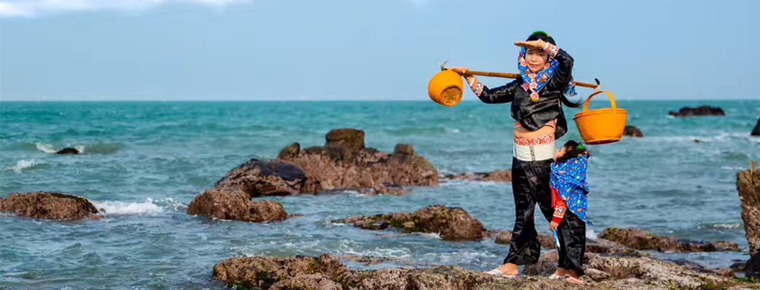
-
Chaohu Lake Scenic Area
Located in the middle of Anhui Province, Chaohu Lake is located in Hefei, Lianhuai Tongjiang River, 55 kilometers east-west, 22 kilometers South-North wide. Its perennial water area is about 760 squar.
Views: 183 Time 2019-01-05 -
Nanxi Mountain Scenic Area Guilin
Guilin Nanxi Mountain Scenic Area (that is, Guilin Nanxi Mountain Park) is located in the south of Guilin City, about 1 kilometer north of the railway station. The two peaks of Nanxi Mountain confront.
Views: 70 Time 2019-01-13 -
Straw weaving
Grass weaving is a popular folk handicraft. It makes use of the grass produced in different places to make materials locally and weave into various daily necessities.
Views: 167 Time 2019-04-15 -
Traditional Toys Tancheng Wooden Rotary Toys
Tancheng Wooden Rotary Toy is an ancient traditional handicraft. Originated in Fanyuan Village, north of Gangshang Town, Tancheng County, Linyi City, Shandong Province, it is commonly known as "p.
Views: 166 Time 2019-04-21 -
Making Skills of Filament Mosaic
Silk mosaic is one of the traditional handicraft techniques in China. Gold, silver and copper are drawn into silk, and various decorations such as jewelry and utensils are made by various techniques..
Views: 138 Time 2019-05-04 -
Brow tune
Meihu Opera is a local traditional drama in Shaanxi Province. From the development of the floor stall rap and social fire, the floor stall and social fire performances always focus on singing. Its act.
Views: 159 Time 2019-06-01 -
Miaos Rock planting Custom
Traditionally, the Miao people have a kind of public deliberation and legislative activities called "burying rock" (also known as "planting rock". When burying rock, they bury a re.
Views: 192 Time 2019-06-05 -
Sintering Techniques of Xingyao Ceramics
Xingyao firing technology is a local traditional handicraft in Hebei Province. Xing kiln is a famous northern kiln in China. As early as the Northern Dynasty, Xing kiln began firing celadon and a smal.
Views: 225 Time 2019-07-08 -
Zhongyuan Festival Chao Ren Yulan Winning Club
Chao Ren Yulan Sheng Hui is a traditional folk custom and folk belief activity. The fifteenth day of the seventh lunar month is commonly called "ghost festival" in Hong Kong. It is said that.
Views: 169 Time 2019-08-10 -
Tie Muer Buhua
Tie Muer Buhua (1286 - 1368). Yuan will be the first to stay. Rate troops to go Xiangyang He won the battle with song, fan and Wen Hu in the Shigi shoal beach. Later from Bo Yan Song, in Yang Luo Bao .
Views: 144 Time 2019-09-14 -
Capital University of Economics and Business
Capital University of Economics and Trade was founded in 1956. It was a key university under the municipal authority of Beijing, which was merged and established by the former Beijing School of Econom.
Views: 141 Time 2019-09-22 -
Mineral resources in Guangan
Guang'an City is located in the middle part of Huaying Mountain. The mineral resources are mainly distributed in Huayingshan, Tongluoshan and Mingyueshan anticlines, and two synclines of Dongcao and Xicao in Linshui county. More than 30 kinds of mineral depo.
Views: 287 Time 2020-12-19
